
Welcome to Hyperion Records, an independent British classical label devoted to presenting high-quality recordings of music of all styles and from all periods from the twelfth century to the twenty-first.
Hyperion offers both CDs, and downloads in a number of formats. The site is also available in several languages.
Please use the dropdown buttons to set your preferred options, or use the checkbox to accept the defaults.

| St George's Chapel Choir Windsor, Christopher Robinson (conductor)» More |
| Eton College Chapel Choir, Ralph Allwood (conductor), David Goode (organ), Alex Jones (bass)» More |
| Temple Church Choir, James Vivian (conductor), Greg Morris (organ)» More |
| St John's College Choir Cambridge, Christopher Robinson (conductor), Glen Dempsey (organ)» More |
| Daniel D'Souza (bass), Tom Pickard (treble), King's College Choir Cambridge, Sir Stephen Cleobury (conductor), Douglas Tang (organ)» More |
| Daniel D'Souza (bass), King's College Choir Cambridge, Sir Stephen Cleobury (conductor), Douglas Tang (organ)» More |
from notes by John Heighway © 1988
extrait des notes rédigées par Nicholas Temperley © 2014
Français: Gildas Tilliette
aus dem Begleittext von Nicholas Temperley © 2014
Deutsch: Paul Hoegger
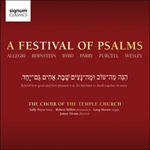 A Festival of Psalms A Festival of PsalmsAn exploration of the themes conveyed by the Old Testament—strife and joy, prayer and praise—as interpreted by composers over the course of four and a half centuries—with music by Allegri, Bernstein, Byrd, Parry, Purcell and Wesley» More |
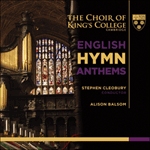 English Hymn Anthems English Hymn AnthemsThis album contains anthems based on hymn tunes from the Anglican choral tradition. It continues the Choir’s active commitment to expanding the popular understanding of choral repertoire through original research and recording.» More |
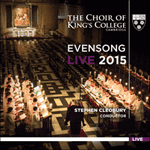 Evensong Live 2015 Evensong Live 2015A generous cross section of the music-making that happens at King’s, capturing the atmosphere and acoustic of the Chapel and presenting Evensong as a living and breathing part of our national heritage.» More |
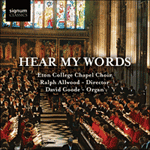 Hear my words Hear my words'Hear my words ye people' by Hubert Parry, a former chorister at Eton College is the first track on the album featuring some of the bestloved anthems in the church repertoire, beautifully performed by the Eton College Chapel Choir.» More |
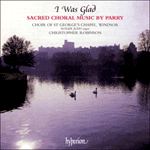 Parry: Sacred choral music Parry: Sacred choral music‘A fine recital’ (Gramophone)» More |
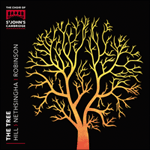 The tree The treeA musical expression of the ongoing and thriving tradition that is St John's College Choir in Cambridge, with music spanning nine centuries.» More |

